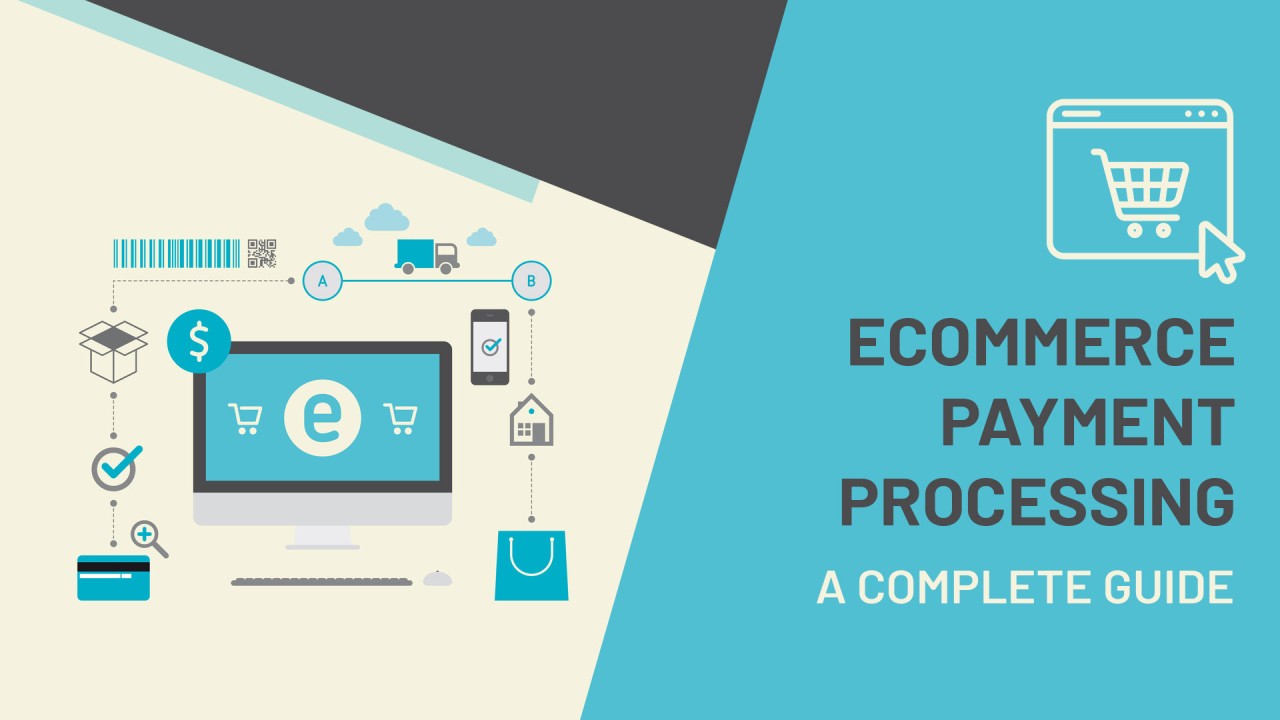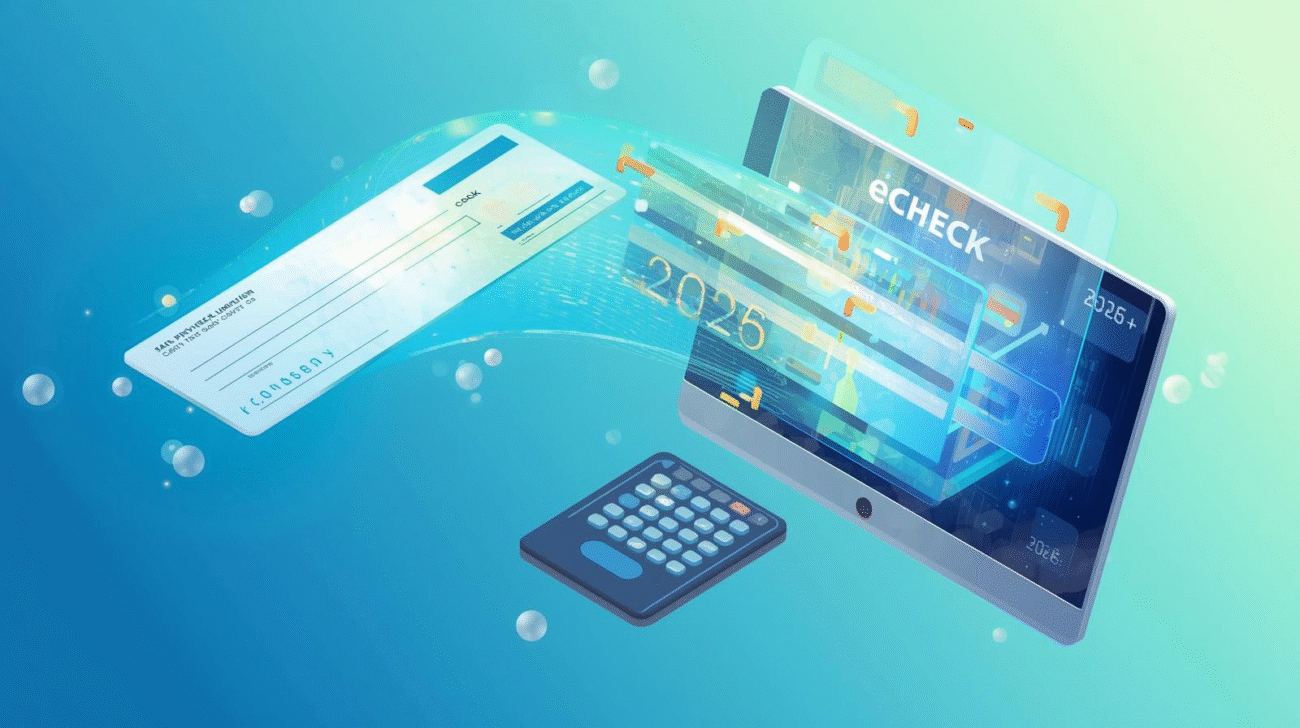As eCommerce continues to dominate the global marketplace, offering diverse and secure payment methods is essential for business growth. Efficient payment processing is at the heart of a successful online store, allowing customers to make purchases smoothly and securely. In this guide, we will explore the key aspects of eCommerce payment processing for 2024, including trends, essential payment gateways, security, and compliance measures.
What Is eCommerce Payment Processing?
eCommerce payment processing refers to the technology and systems used to handle online transactions between merchants and customers. This process involves the transfer of funds from the customer’s account to the merchant’s account after an online purchase. Payment processing involves several entities working together to make this seamless:
- Payment gateways (e.g., PayPal, Stripe)
- Merchant accounts
- Payment processors
- Banks
These systems authenticate the transaction, confirm available funds, and process the payment securely.
Key Components of eCommerce Payment Processing
For merchants, understanding the critical components of eCommerce payment processing is necessary to provide a smooth shopping experience and avoid unnecessary transaction failures or fraud. Here are the key parts:
1. Payment Gateways
Payment gateways are the front-end technology that captures and sends customer payment data to the payment processor. They ensure that the transaction is secure and encrypted. Some of the popular payment gateways include:
- PayPal
- Stripe
- Square
- Authorize.Net
These gateways act as the bridge between the customer and the merchant’s bank, making it easy for online businesses to accept payments securely.
2. Merchant Accounts
A merchant account is a special type of bank account that allows businesses to accept payments by credit or debit cards. Funds are temporarily held in this account before being transferred to the merchant’s regular bank account. Merchant accounts are typically provided by banks or merchant service providers.
In 2024, many eCommerce platforms like Shopify, BigCommerce, and WooCommerce offer integrated merchant account solutions for ease of use.
3. Payment Processors
Payment processors are responsible for handling the transaction by moving data between the customer’s bank and the merchant’s bank. They ensure that funds are available, and if so, they authorize the transaction. Some well-known payment processors include:
- Worldpay
- Fiserv
- Square
- Chase Paymentech
The Importance of Multiple Payment Methods in 2024
Offering a variety of payment options is key to reducing cart abandonment and increasing customer satisfaction. As consumer preferences evolve, businesses need to provide flexible payment options. In 2024, the most popular payment methods include:
1. Credit/Debit Cards
Credit and debit cards remain the most popular method of online payments. Visa, Mastercard, and American Express are standard payment methods integrated into most eCommerce platforms.
2. Digital Wallets
Digital wallets like Apple Pay, Google Pay, and PayPal continue to grow in popularity due to their speed, convenience, and security. In 2024, many consumers prefer these wallets as they don’t require entering card details every time they make a purchase.
3. eCheck Payments
As businesses look to diversify their payment options, eCheck payments have emerged as an essential method, particularly for high-ticket or recurring transactions. eCheck (electronic check) payments transfer funds directly from a customer’s bank account via the ACH (Automated Clearing House) network, offering several benefits:
- Lower Fees: eCheck payments come with lower transaction fees compared to credit cards.
- Recurring Payments: Perfect for businesses offering subscription services or high-value products.
- Security: The ACH network ensures encrypted, secure payments.
By adding eCheck payments to their portfolio, businesses can tap into a wider audience and improve customer satisfaction.
4. Buy Now, Pay Later (BNPL)
BNPL services like Klarna, Afterpay, and Affirm allow customers to pay for their purchases in installments. This option is particularly popular among younger shoppers who are looking for flexible payment solutions.
5. Cryptocurrency Payments
With the growing acceptance of cryptocurrencies like Bitcoin and Ethereum, some eCommerce platforms now allow customers to pay using digital currencies. While this method is still niche, it is gaining traction and will likely see more adoption in the coming years.
Security Considerations for 2024
As the volume of online transactions increases, so does the risk of fraud. Ensuring secure payment processing is paramount for any eCommerce business. Here are some security measures to consider:
1. PCI Compliance
The Payment Card Industry Data Security Standard (PCI DSS) is a set of security standards designed to ensure that all companies that accept, process, store, or transmit credit card information maintain a secure environment. Merchants must comply with these standards to avoid heavy fines and protect customer data.
2. Tokenization
Tokenization is a process where sensitive card information is replaced by a unique identifier or “token” that cannot be used to retrieve the original data. This adds an extra layer of security to online transactions by preventing card details from being exposed in the event of a breach.
3. 3D Secure Authentication
3D Secure (3DS) is an additional security layer for online credit and debit card transactions. It requires the cardholder to go through an extra step of verification, usually through a one-time password (OTP) or biometric authentication.
4. Fraud Detection Tools
Using advanced fraud detection tools such as address verification services (AVS) and card verification codes (CVC) helps reduce the risk of fraudulent transactions. Many payment gateways and processors offer built-in fraud detection features to flag suspicious activities.
Trends Shaping eCommerce Payment Processing in 2024
With technology advancing rapidly, several trends are reshaping how merchants handle online payments. Here are some key trends to watch:
1. AI and Machine Learning for Fraud Prevention
Artificial intelligence (AI) and machine learning are being used to detect fraudulent activities in real-time. These technologies analyze transaction data, identify unusual patterns, and flag potentially fraudulent activities before they happen.
2. Voice-Activated Payments
Voice commerce is on the rise, and in 2024, more consumers are expected to make purchases using voice-activated devices like Amazon Alexa or Google Assistant. Integrating voice-activated payments into your eCommerce platform can provide a seamless checkout experience.
3. Contactless Payments
While primarily used for in-store transactions, contactless payment options such as tap-to-pay are expanding to online purchases. This trend is expected to grow, especially with digital wallets and mobile payment platforms becoming more widespread.
4. Subscription-Based Billing
More businesses are adopting subscription-based models for their services, making recurring billing systems essential. Payment processors now offer features that support automatic, recurring payments, which enhance customer retention.
How to Choose the Right Payment Processor
Choosing the right payment processor depends on your business model, transaction volume, and customer preferences. Here are a few factors to consider when selecting a payment processor:
1. Transaction Fees
Different payment processors charge varying transaction fees, including setup fees, monthly fees, and per-transaction charges. Make sure to compare these fees to ensure they fit within your budget.
2. Supported Payment Methods
Ensure the processor supports the payment methods your customers prefer, such as credit cards, digital wallets, and cryptocurrency.
3. Security Features
Choose a processor that offers robust security measures, including encryption, tokenization, and fraud detection.
4. Integration with eCommerce Platforms
Look for a payment processor that integrates easily with your eCommerce platform (e.g., Shopify, WooCommerce). This can save you time and reduce the complexity of managing transactions.
Conclusion: Preparing for 2024
As the eCommerce landscape evolves, so do the methods of payment processing. In 2024, the focus will be on offering a wide range of secure, flexible payment options to meet the growing demands of online consumers. By understanding key components, trends, and security requirements, merchants can choose the right payment solutions that align with their business goals and keep customers happy.
By leveraging the right tools and staying ahead of trends, your eCommerce business will be well-positioned for success in the increasingly competitive digital marketplace.














